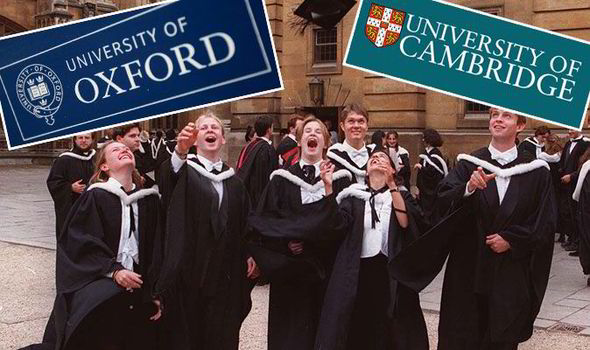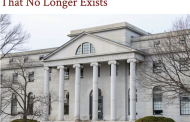Those who habour the opinion that Oxford and Cambridge are overrated would be tempted to see the result of the latest ‘good university’ guide by The Times as their ultimate evidence. But why were they overtaken? Could the displacement of Oxford and Cambridge universities have everything to do with social engineering, asks the author of this piece from Substack.com , Richard Holmes
The big news last week in the British higher education scene, or parts of it anyway, is that Oxford and Cambridge have fallen out of the top three in the Good University Guide published by the Times and the Sunday Times. This year, the top spot goes to the London School of Economics (LSE) for the second consecutive year, followed by St Andrews and Durham. Oxford and Cambridge were joint fourth, an unprecedentedly “poor” performance.

At last. Nothing surprising about the ascendancy of LSE but for how would they keep it?
I was half expecting to hear laments about the lack of financial support from Scrooge-like governments, or the toxic fumes of Brexit, or maybe something to do with Trump. But so far, it seems that the current popular villain is the pressure to admit and to graduate students with limited academic potential.
According to an article in the Daily Mail, British universities “have been under pressure in recent years from successive governments to widen their intake to include more students from deprived backgrounds.”
Such policies have been criticised by Alan Smithers of the University of Buckingham, who said it was a “a very unfortunately political decision to insist that universities take into account social circumstances” and that “this will reflect on their apparent performance in the rankings.”
Professor Smithers is surely correct that the relaxation of admission standards at Oxford, Cambridge, and other UK universities has had a negative impact on British higher education. Combined with changes in the appointment and promotion of faculty, they have contributed to the steady decline of British universities in science and engineering in global rankings, such as the University Ranking by Academic Performance (URAP), the National Taiwan University Rankings, and Leiden Ranking, which are based on objective public data.

It won’t be outrageous to call the University of St Andrews the Oxford of Scotland!
It is, however, rather difficult to see how this has anything to do with the decline in the Good University Guide league table. First, Oxford and Cambridge are not the only universities in the UK to embrace social engineering, and I see no indication that LSE, St Andrews, Durham, or anybody else has opted out.
Next, any time a ranking announces a significant or interesting rise or fall, it is wise to look at changes in methodology, such as the introduction of new indicators or adjusting the weighting of metrics.
The Guide now has eight indicators: Teaching Quality, Student Experience, Research Quality, Entry Standards, Graduate Prospects, Good Degrees (firsts/2:1s), Continuation Rate, and People and Planet, which has replaced Student-Staff Ratio in previous rankings.
People and Planet is a new indicator that purports to measure universities’ contributions to sustainability, covering aspects such as carbon management, sustainable food, and ethical investment. I mentioned it in 2023 and noted that there was almost no overlap with the other sustainability-related rankings published by QS, Times Higher Education (THE), and Universitas Indonesia. Most of the universities at the top of this indicator are at the bottom for those that measure, or claim to measure, academic excellence.

An absolutely well regarded UK university makes it to top three eventually
Take the People and Planet criterion out of the equation, and Cambridge would be ahead of Durham and in third place. Bringing back the student-staff ratio metric would also be to the advantage of Oxford and Cambridge.
In addition, back in 2021, the rankings included Facilities and Spending, where Cambridge and Oxford did very well, along with LSE and Imperial College.
In contrast, Oxford and Cambridge have recently done badly in the teaching quality and student experience indicators, which are based on the National Student Survey. There was actually a boycott of this survey by students from Oxford and Cambridge a few years ago. Although the boycott appears to have ended, student experience scores remain mediocre. It is, however, unclear whether this is an objective assessment or just the result of disappointment that high expectations have not been met.
So, what happened is not the decline of standards at Oxford and Cambridge causing a fall in these rankings. I do not dispute that there has been a decline: that is confirmed, at least in STEM subjects, by the global rankings. They have fallen in the Guide because of a new and dubious indicator, the dropping of two favorable ones, and the unhappiness of Oxbridge students with their miserable experience.




























